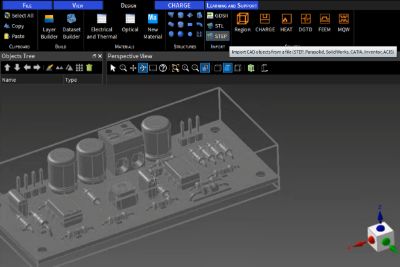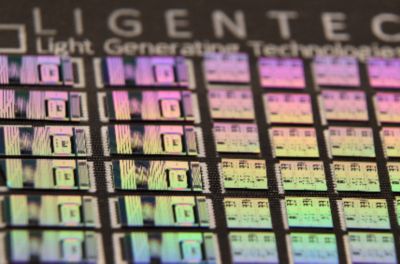Quick Specs
Ansys Lumerical FDTD works seamlessly with Ansys Lumerical CML Compiler, Ansys Multiphysics solvers, Ansys Speos, Ansys Zemax, and third-party electronic-photonic design automation (EPDA) vendors to enable fast, accurate, scalable photonic design.





















